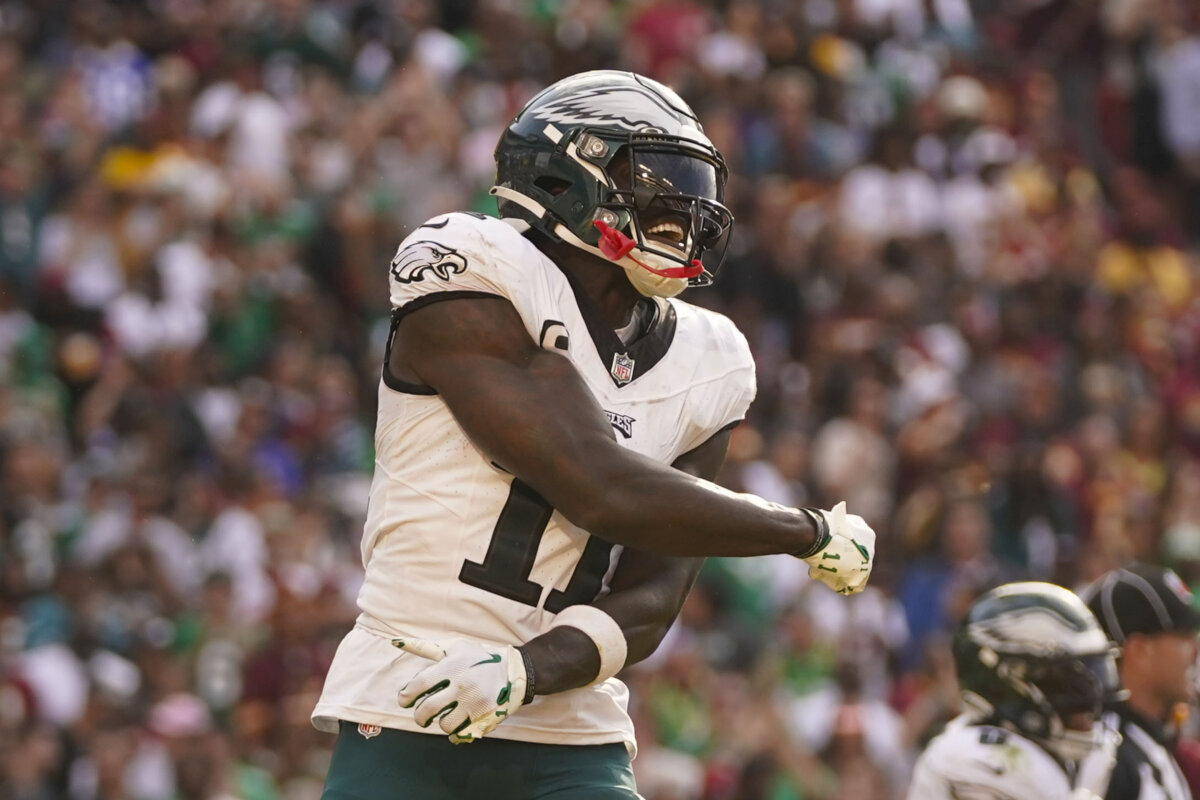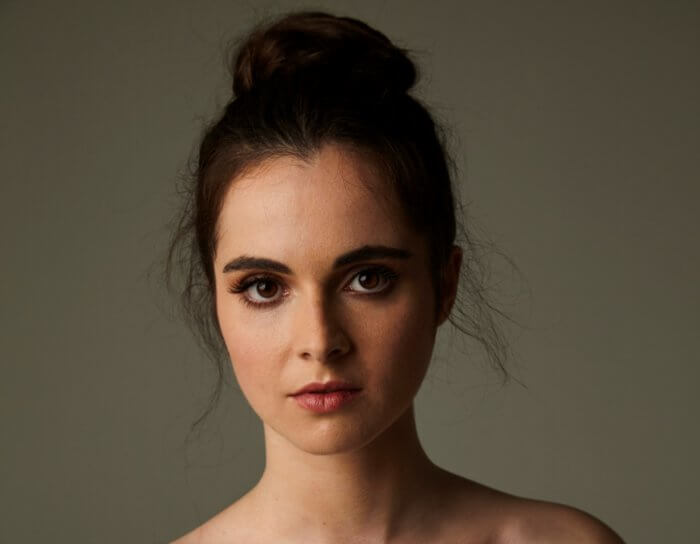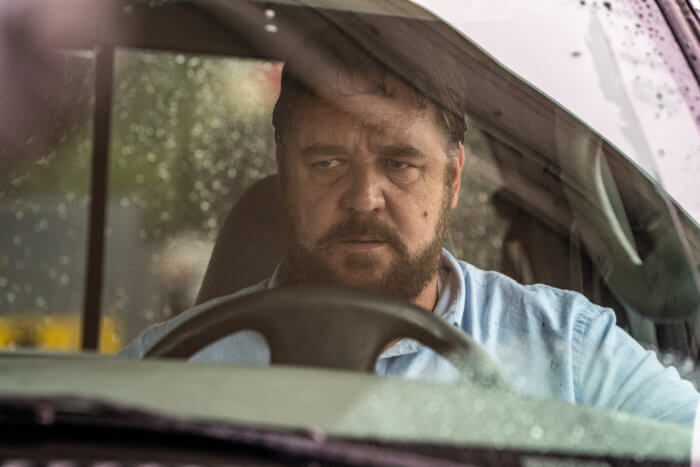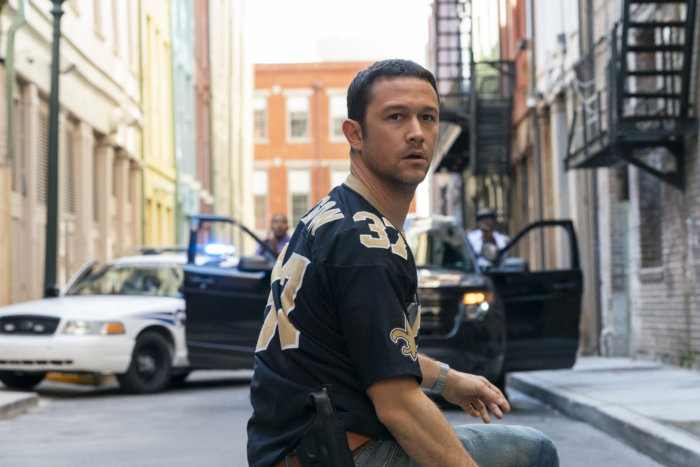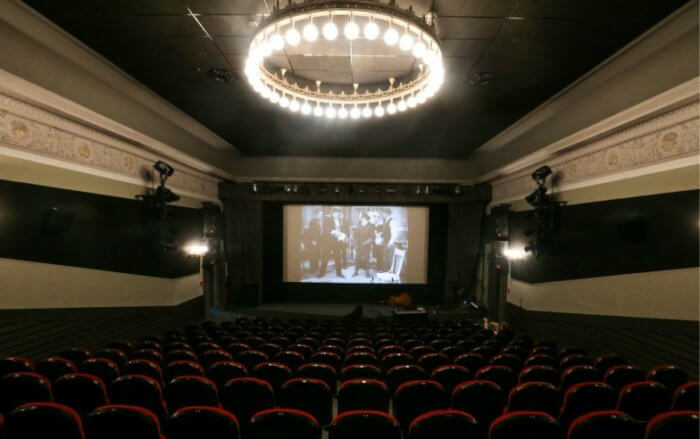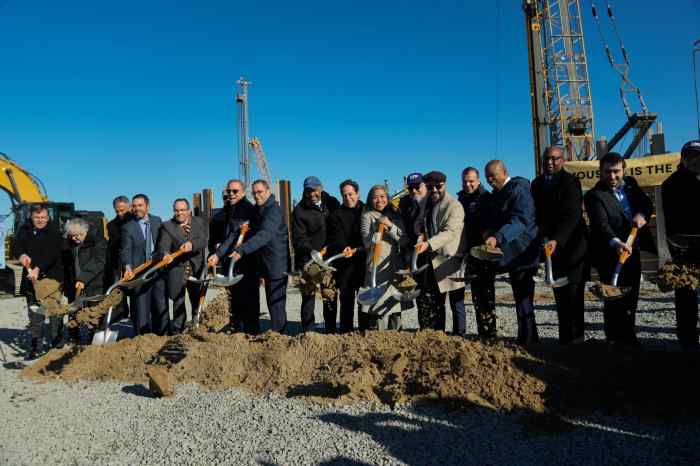Towns with an unearthly feel, centuries old philosophies and one book inspired Shari Springer Berman and Robert Pulcini’s latest film dropping on Netflix this week, ‘Things Heard and Seen.’ The story, based on the 2016 book ‘All Things Cease to Appear’ by Elizabeth Brundage, takes place in the Hudson Valley in a small town that seems eerily picturesque, but has a darker history. One young couple, George (James Norton) and Catherine (Amanda Seyfried) along with their daughter Franny (Ana Sophia Heger) move there under the pretenses of starting a new life. But what Catherine begins to realize is that the darkness weaved throughout her environment might not just be coming from the town or a supernatural presence after all.
Springer Berman and Pulcini delve deep into what makes up the spooky, philosophical and paranormal nature of ‘Things Heard and Seen.’
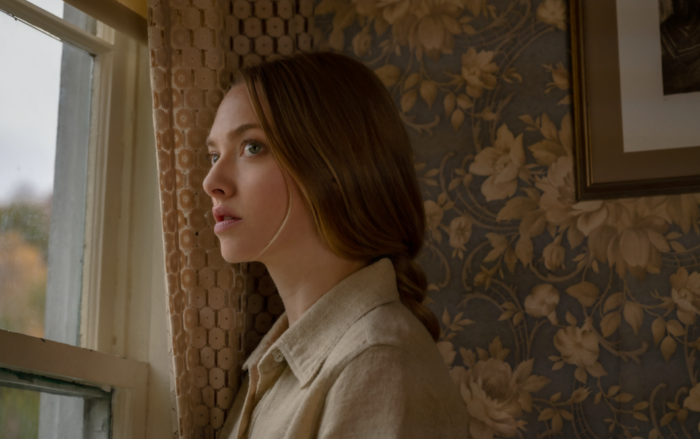
What was it about ‘All Things Cease To Appear’ that made you want to turn the story into a movie?
Robert: Well, Shari and I spend a lot of time in the Hudson Valley, we have a home there and for decades we talked about filming a movie there because we are just so in love with the landscape and the light. There’s just so many details about the culture up there that always appealed to us. We came upon this book that had everything we wanted in it: It captured the spookiness of the region and the kind of continuum, the history, the very dramatic change of seasons… and it was just a great story and we really hit it off with the writer. So, we jumped in.
Shari: We’ve always really loved the more sort of character-based scary movie, kind of like ‘Rosemary’s Baby’ and ‘Don’t Look Now,’ and we always wanted to make something in that genre and nothing ever sort of popped [until] this book fell into that category. So, it was very appealing.
What was the adaptation process like turning the book into a movie?
Shari: It was a very long and difficult adaptation because the book is really beautiful and it’s very epic. I think one of the hardest things was figuring out what we could and couldn’t include in a movie—there was so much great stuff in it—and still honor the story and honor the book. So, there were a lot of drafts trying to whittle it down to a reasonable amount of time for the movie.
Did you research the case that this book is actually based on?
Robert: I remember [Elizabeth] had spoken about it and the different things that went into the book. She did mention that there was a case she had followed and there were some details about George and the family situation, but we weren’t aware of that. We had such a wealth of riches just with the book that we didn’t really delve into any of the other inspirations for Elizabeth.
Shari: And I’m glad we didn’t really know too much, we originally as filmmakers started as documentarians, so, our instinct is to research and it might have totally confused us if we had gotten into that.
What is it about the character-driven horror films that piqued your interest? Do you think they work better for the horror genre?
Shari: I wouldn’t say that it works better, but it’s what you want and it’s what you’re looking for. Are you there for the thrill ride, or are you there for something that’s more emotional? Just as a viewer and an audience member, I like a good jump scare and I totally go to see those movies. But as a filmmaker, I think it’s more in our wheelhouse to try and get under the skin of characters and what’s emotionally going on. It’s just what we’re drawn to as artists. So, that to me was the milieu of thriller and supernatural that I love, but I also love that it’s rooted in something very real emotionally.
What went into casting Catherine and George?
Robert: Well, with Catherine we had a list of about five people and Amanda was on it and she was perfect. She really responded to the material, she understood it and interestingly enough, the novelist told us that [Amanda] was the face that she thought of when she wrote Catherine and she never told us that before she cast—so she told us she kind of got goosebumps from that. With James, Shari had been a huge fan of his British work, and he was our first choice because Shari brought me up to speed on his work and I said, yeah he looks fantastic for this…And he wasn’t available, because he was doing ‘The Nevers.’ So, we went on a long process and then very close to shooting, we still hadn’t cast and we got word that he suddenly had a window.
Shari: James was just the person I always imagined for it.
For this specific type of film, all of the effects typically aren’t there when filming. So as directors, what do you try to do to get the actors in that headspace to perform with paranormal activity that isn’t actually there?
Shari: That’s a great question, because it’s not just hard for the actors but for the directors as well. There’s a lot of imagination, it’s basically like [saying] stare at that blank wall and be scared. But I definitely think we were very lucky to work with Amanda and F. Murray Abraham. I think for them, it was easier because it’s on the page and they know what they’re seeing based on [that.] But it was night, it was candlelit and we did a lot of practical stuff on this movie, so there was a nice environment and the house that we shot in was scary… So, there was a lot there I think helped them. For Ana Sophia Heger who played Franny and was 5 or 6 when shooting—she was just amazing, that girl is a natural actress. I tried talking her through it, but [at the same time] I didn’t want to scare her so much. I wanted her to feel it, but I also didn’t want to traumatize her. So, I hid behind the bed and I was like, this is scary but I’m here with you, because you know she’s a kid and they have wild imaginations. While you want them to use their imagination, you don’t want them to overuse it.
This film specifically had a lot of symbolism more so than other horror films, what went into crafting it all?
Shari: In the book, the people who live in the Hudson Valley and some of the famous Hudson Valley painters were influenced by Swedenborg, who was a Swedish philosopher, scientist and spiritualist and we went down a rabbit hold reading Swedenborg’s philosophy, which is very spiritual, very about the continuum of life and death—it’s very spiritual in a kind of Christian way but different in it’s own right. So we tried to infuse the movie with that. He believed in the communication between the other world and this world, and so a lot of that and that metaphysical of the book and the storytelling I think we leaned into.
Robert: I always like to think about the second time someone watches a film. It’s really important to me, so it’s kind of weaved through details and lines and images and sounds that I think will become more meaningful for a second time viewer of the movie.
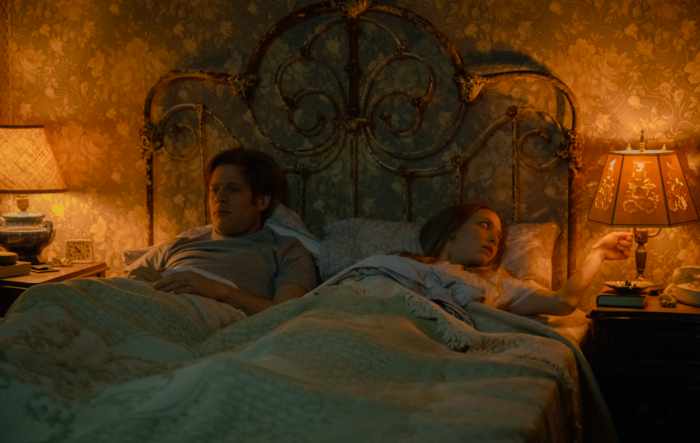
Did you have any big takeaways from what you learned on the film?
Shari: There was, we wrapped at the end of 2019, went and had Christmas and then went into editing. Then the pandemic hit and we had to go into quarantine and basically edit the whole movie remotely. We are New Yorkers and it was, at the beginning, horrific. People were dying, and it felt like the city was dying. There was so much grief and there was this kind of comfort in the Swedenborg philosophy about the continuum of life and death and death is just a rebirth. Being sort of immersed in this story was oddly comforting.
Rob: There’s also something culturally happening right now. I think this was a lingering question with how long do people actually get away with something? We’re seeing a lot of toxic personalities not getting away with things and do you ever really get away with things? Does the universe ultimately correct the evils in the world? I thought that was very topical, and without hitting it on the head too much, a very timely theme.
‘Things Heard and Seen’ drops on Netflix April 29.





















